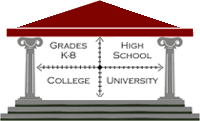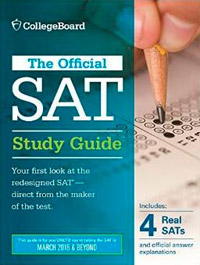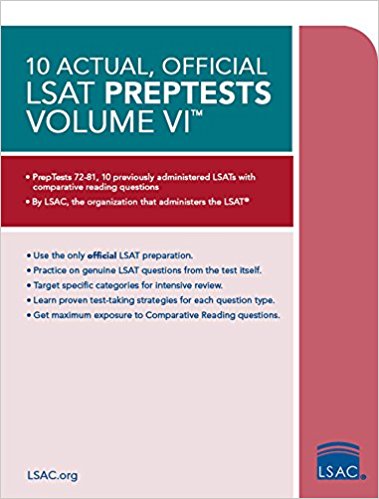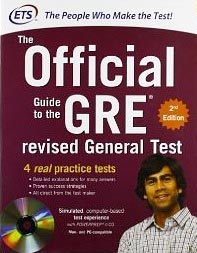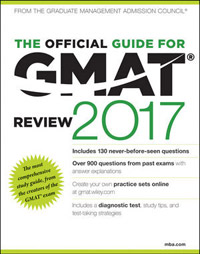|
SAT Subject Tests (one-hour exams in specific subjects that are administered on the same dates as the SAT, March test date excluded) are one of the most misunderstood aspects of the college application process. First of all, they are only required by certain selective colleges. In most cases, these colleges will require two subject tests from two different areas of knowledge (for example, you cannot take two science tests or two history tests).
On the SAT Subject Tests, there is a huge disconnect between the numerical score and the percentile score. For example, a perfect 800 on the Korean language subject test is 56%. Yes, you read that right—that means that 44% of students get a perfect score (Chinese is not far behind: a perfect 800 is 64%). A seemingly impressive 700 on the Math IIC is only 72% (perfect score: 88%), and a 700 on the U.S. History test is only 79%. For more, check out this SAT Subject Tests Percentile Ranks page from the College Board, the maker of the SAT.
So what gives? How is it that a 700-plus score on any of the 3 main sections of the SAT indicates an elite-level score, but a 700 on other tests barely puts you in the top 40%? Well, as any good statistician will tell you, it’s all about sample size and demographics. Simply put: in general, the smaller the group of students taking the test, the harder it becomes to score in a high percentile; an elite, self-selected group of test-takers almost always leads to a tougher curve.
This principle becomes especially salient when we consider that only America’s top colleges require SAT Subject Tests in the first place, and that students are allowed to choose tests in subjects where they excel (Literature, Math Level IC, Math Level IIC, U.S. History, World History, Physics, Chemistry, Ecological Biology, Molecular Biology, Chinese, French, German, Japanese, Korean, Spanish, Italian, Latin, and Modern Hebrew). When you take the subject test in chemistry, for example, you are competing mostly against the students who are taking AP Chemistry, and getting 4s and 5s! That’s like taking a test where every student taking the test is the smartest student in their class. Another way to think of it is that instead of competing against all college-bound students, you are competing against the top ten percent of college-bound students who even attempt to take the Subject Tests, which are required at only a small number of mostly elite universities. So when you score 75% on the World History test, for example, you are actually the in the 75th percentile of the top ten percent of World History students, which, if you do the math, is actually around 97.5%. This might make you feel a bit better.
Let’s look at some similar scenarios and see how this principle plays out in practice.
SAT vs. ACT
Nearly every 4-year college in the U.S. will accept either the SAT or the ACT as an admissions exam. (Some require Subject Tests as well.)
Approximately 60% of all college bound students take the ACT, which has overtaken the SAT in total number of test-takers, partially as a result of being a required exam for graduation (regardless of college-bound status) in 12 U.S. States. It also has the reputation as the somewhat easier test. Many students with low SAT scores take the ACT as an alternative option, further diluting the skill level of its test takers and making it easier to score in a higher percentile: in my 15 years of experience, a student who scores 90% on the SAT will consistently score about 95% on the ACT.
In contrast, only about 50% of college bound students take the SAT (approximately 10-20% of students take both tests—exact numbers are not available). Because the SAT is more traditionally known on the East coast, where many Ivy League colleges reside, and because it has the reputation as the harder test, the pool of test takers is more elite than that of the ACT. Thus, it becomes more difficult to score in a high percentile on the SAT.
GRE vs. GMAT
The GRE is a required examination for master’s programs across the world, in a variety of fields. About 650,000 students take it each year. The GMAT is a require examination for business schools across the world. About 250,000 students take it each year. So, can you guess how this one is going to play out?
Yes, you guessed it; the GMAT is by far the more difficult test. In my experience, students who can score about 50% on the GMAT can actually score about 75% on the GRE, which is why many business schools are now accepting GRE scores in lieu of GMAT scores. This policy has the added effect of raising the school's average GMAT score, since students with low GMAT scores will often opt to send their GRE scores instead.
There are a variety of reasons for this disparity, including the fact that earning an MBA from a prestigious business school is often equated with financial success, whereas many master’s candidates will go on to become over-educated but underpaid academics, etc., but the number of test-takers per test is undoubtedly a key factor as well.
Thus, the pattern is clear: on standardized tests, having fewer test-takers usually leads to lower percentile scores. So in order to maximize your success on the SAT Subject Tests, I would suggest taking the most popular tests (Math, Literature, History) rather than the least popular ones (Sciences, Foreign Languages).
-----
copyright 2015 Brian R. McElroy
Founder and President, McElroy Tutoring Inc.
email: mcelroy@post.harvard.edu
Toll-Free: 1-866-584-TUTOR (8886), x 4
Direct (Call or Text): 619-889-2935
www.McElroyTutoring.com
Back to Blog Home
|

